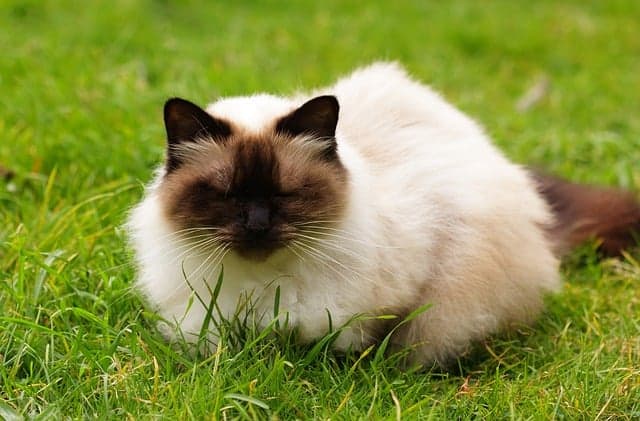Intertrigo can also affect the cat: let’s find out how it is treated and which breeds are most exposed to the skin disorder.

It is known that prevention is better than cure, and this also applies to our four-legged friends. A balanced and balanced diet, constant physical exercise and the provision of a living environment that conforms to the ethological characteristics of our pet are the basis of a healthy lifestyle. But prevention is not always sufficient, especially for certain types of pathologies: this is the case of intertrigo in cats.
What is it about
Intertrigo is a skin disease that attacks the cat in areas of the body where two contiguous layers of skin come into contact.
The disease is also known as skin fold dermatitis, which finds its breeding ground in areas where the skin is subject to rubbing, such as the neck, lips, tail and genital area.
The affected part is reddened; where the disease progresses, the formation of sores on the skin, from which an unpleasant odour emanates, is common.
Intertrigo in cats: the most predisposed breeds
Intertrigo in cats is not a genetically transmitted disease.
However, there are breeds more predisposed than others to the onset of the disease. The reasons are to be found in the physical characteristics of the specimens belonging to them.
Fortunately, the number of feline breeds particularly predisposed to the onset of intertrigo is decidedly smaller than that of dog breeds we are talking about the Persian and the Himalayan cat.
These are brachycephalic breeds, whose specimens are better known, in jargon, as flat-nosed cats .
How to cure

Without prejudice to the predisposition to the onset of intertrigo in some breeds, the adoption of a healthy lifestyle remains essential, which decreases the chances that the cat can be affected.
The preparation of a healthy and balanced diet (possibly with the help of your trusted veterinarian), adequate physical exercise and a living environment suited to its ethological characteristics are the fundamental pillars of prevention.
Equally important is to take care of the hygiene of the cat. As is known, the feline is particularly attentive to the cleanliness of its body.
However obesity or particular physical characteristics could make it more difficult, if not impossible, to clean some parts of the body, subject to rubbing. And it is precisely these areas that constitute the fertile ground for intertrigo; in such cases, we will have to integrate cat hygiene.
Attention to the timeliness of the intervention: at the beginning of the disease it is necessary to contact your trusted veterinarian quickly, in order to avoid a worsening of skin inflammation.
The professional, depending on the progress of the disease, may recommend the administration of antibiotics, in order to reduce the infection. The use of medicines must be accompanied by a diet rich in fatty acids, to favour the hydration of the animal’s skin.
It is also possible to intervene surgically: it is a decisive remedy, as it eliminates abnormal skin folds. This therapeutic approach is usually recommended in the most severe cases.






